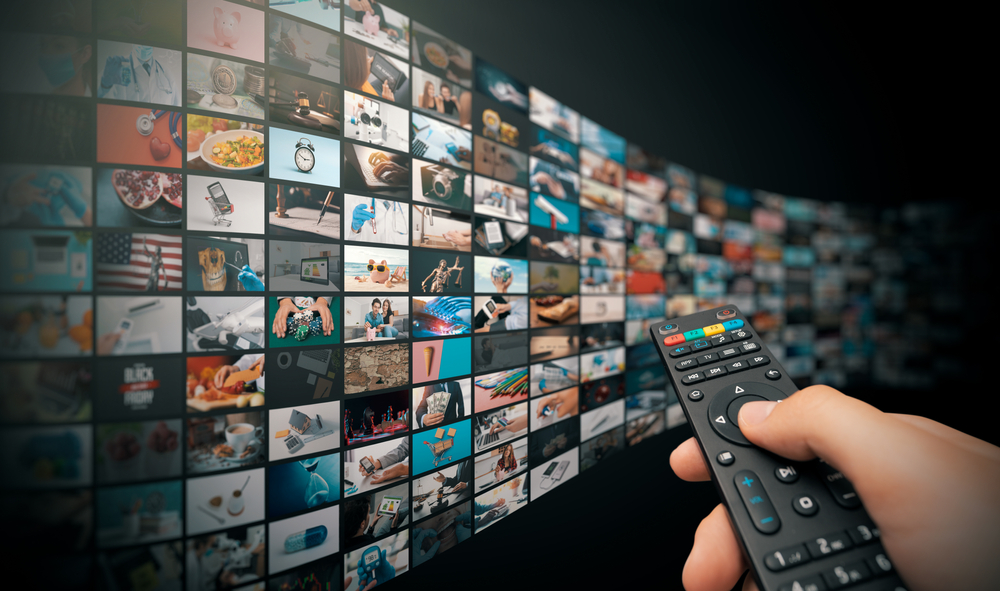The media landscape has undergone a seismic shift over the past decade, primarily driven by the rise of streaming services. Platforms like Netflix, Hulu, Disney+, and Amazon Prime Video have transformed how audiences consume content, presenting both challenges and opportunities for traditional media outlets.
The Rise of Streaming Services
Streaming services have redefined the entertainment industry by providing on-demand access to vast libraries of content. The convenience of streaming, coupled with the ability to binge-watch entire seasons, has revolutionized viewer habits. According to a report by Deloitte, streaming services have seen significant growth, with more than half of U.S. households now subscribing to at least one streaming platform.
Impact on Traditional TV and Cable
The advent of streaming has had a profound impact on traditional television and cable networks. Cord-cutting has become increasingly common, as consumers opt to subscribe to streaming services instead of paying for expensive cable packages. This trend has led to a decline in cable subscriptions, with a report by eMarketer indicating that nearly 25% of U.S. households are expected to cut the cord by the end of 2023.
Changes in Content Creation and Distribution
Streaming services have also changed how content is created and distributed. Original programming has become a significant focus for platforms like Netflix and Amazon Prime, with these companies investing billions in producing exclusive content to attract and retain subscribers. This shift has forced traditional media companies to adapt, leading to the launch of their own streaming platforms, such as Disney+ and HBO Max.
The Battle for Subscribers
The competition among streaming services is fierce, with each platform striving to offer unique and compelling content. This battle for subscribers has led to a content arms race, resulting in higher production values and a wider variety of programming. However, it has also created challenges for consumers, who must navigate multiple subscriptions to access all their desired content.
The Future of Streaming and Traditional Media
Looking ahead, the future of streaming and traditional media will likely involve a blend of both. While streaming services will continue to dominate, traditional media companies are expected to innovate and adapt to the changing landscape. Hybrid models that combine elements of both streaming and traditional TV are already emerging, offering viewers more flexible and personalized viewing experiences.
Moreover, advancements in technology, such as artificial intelligence and machine learning, will further enhance the personalization of content recommendations, making it easier for viewers to discover new shows and movies tailored to their preferences.
Conclusion
The rise of streaming services has undoubtedly transformed the media industry, challenging traditional models and reshaping how content is consumed. As streaming continues to evolve, both streaming platforms and traditional media companies must navigate this dynamic landscape to meet the changing demands of audiences. The future promises even more innovation and competition, ultimately benefiting viewers with more diverse and high-quality content options.


